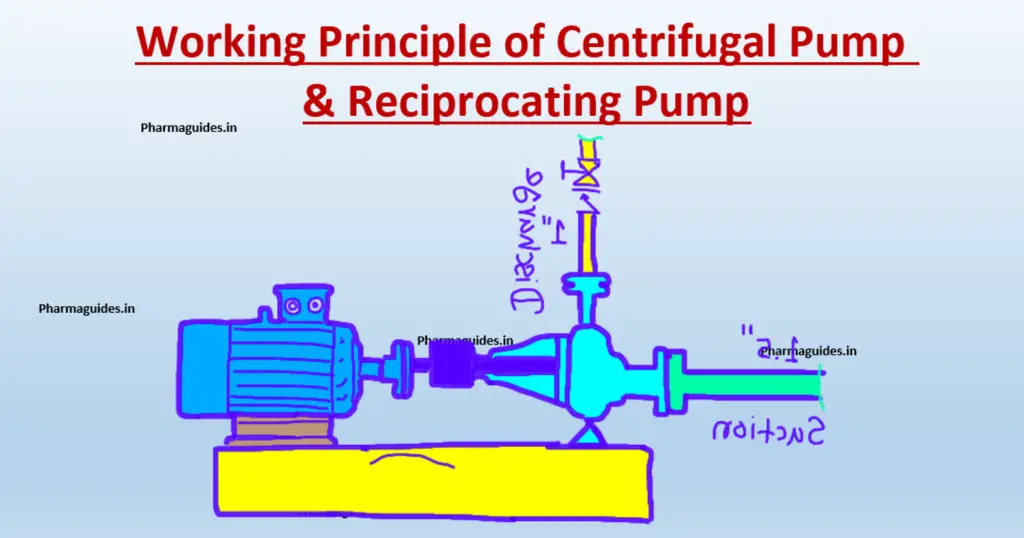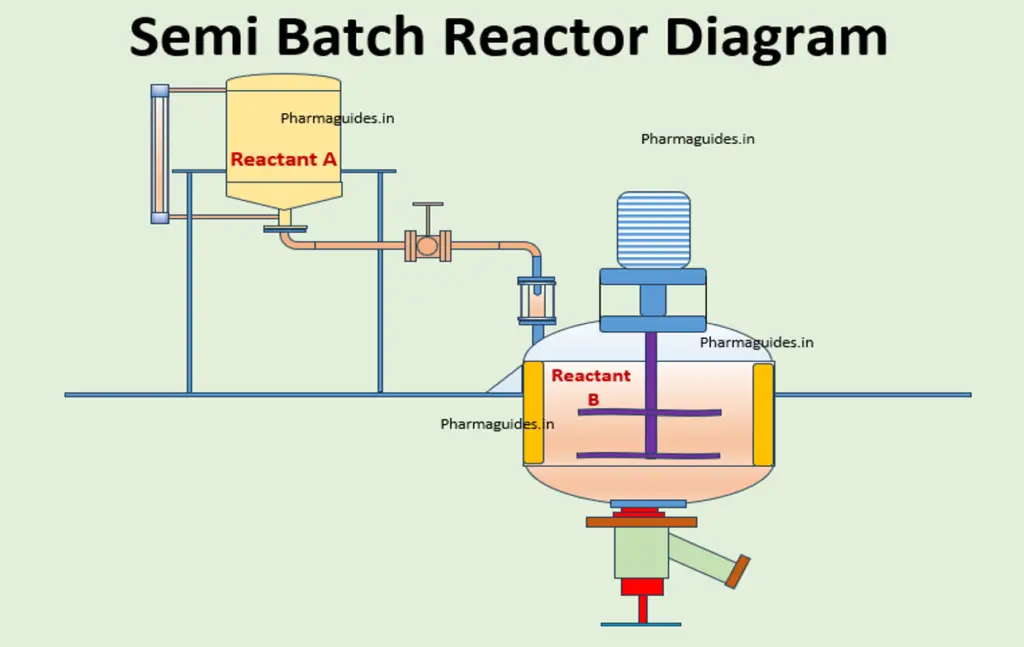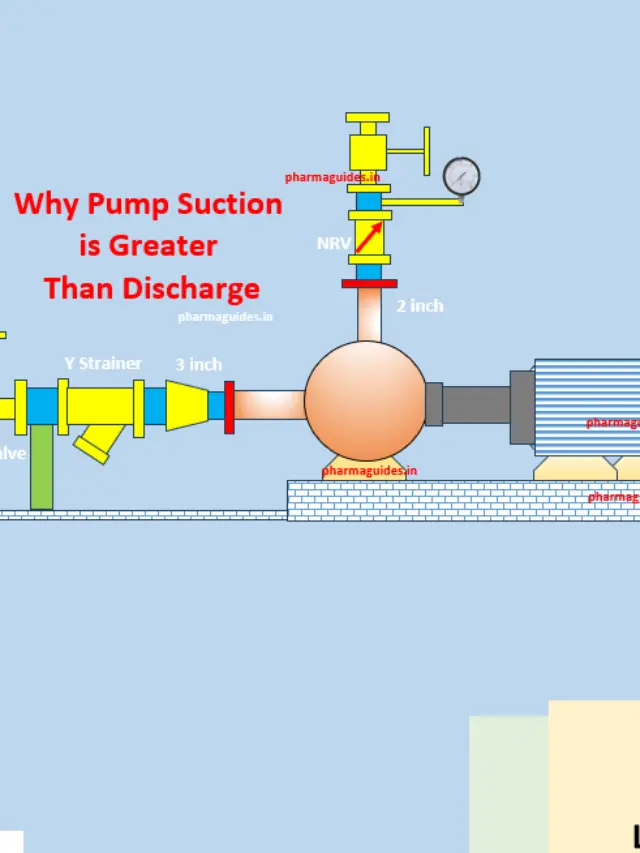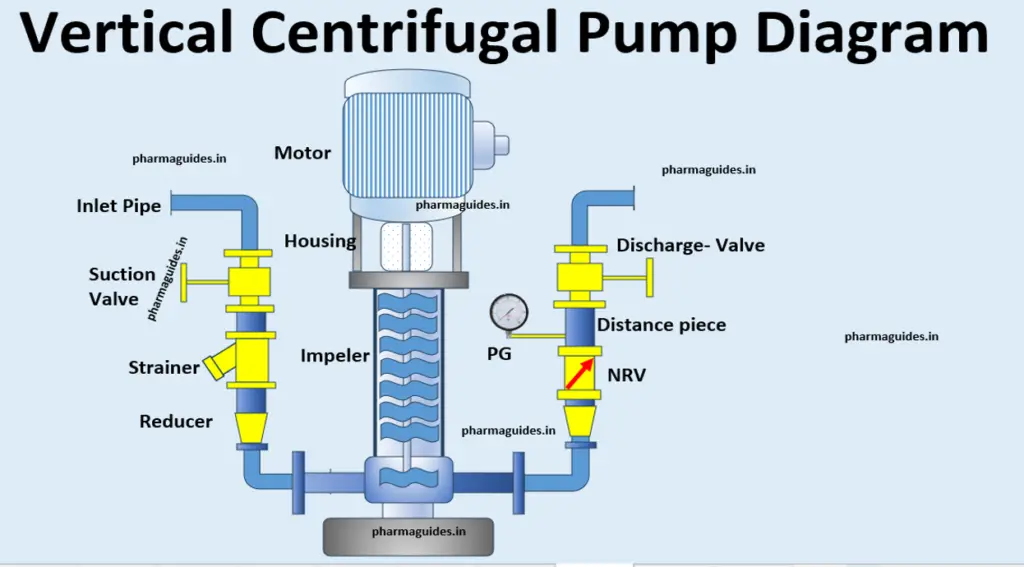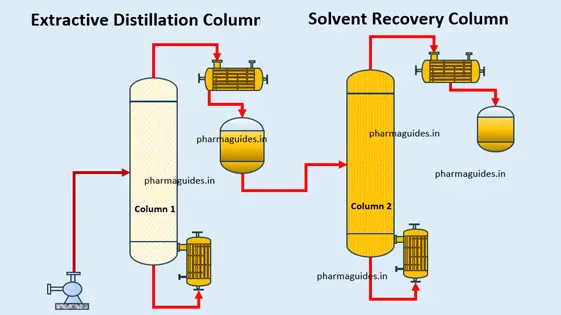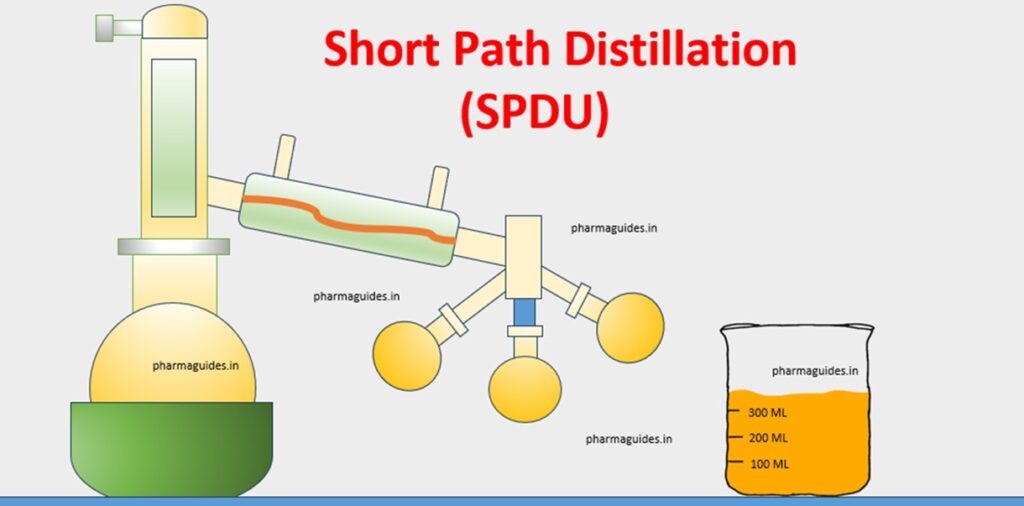advantages and disadvantages of wind energy
Article Contents
Advantages and Disadvantages of Wind Energy
Advantages and Disadvantages of Wind Energy: A Sustainable Power Source.
Wind energy, one of the oldest forms of renewable energy, has emerged as a prominent and sustainable source of electricity in our quest to reduce reliance on fossil fuels and combat climate change. The power of the wind has been harnessed for centuries, initially through simple windmills used for grinding grain and pumping water. Today, modern wind turbines have become iconic symbols of our transition to cleaner energy sources. In this article, we will explore the benefits and challenges associated with wind energy.

Basic Components of Wind Energy Conversion System
Wind Energy: A Sustainable Power Source
Wind energy, also known as wind power, involves the conversion of the kinetic energy in the wind into mechanical or electrical energy. This process is typically achieved through the use of wind turbines, which have seen significant advancements in design and efficiency, advantages and disadvantages of wind energy class 10.
Advantages of Wind Energy
Renewable and Clean
One of the most significant advantages of wind energy is that it is a renewable resource. Wind is an abundant and naturally occurring phenomenon that won’t deplete over time. Unlike finite fossil fuels, wind energy generation is sustainable in the long run. Furthermore, wind power produces no direct emissions of greenhouse gases, making it a clean and environmentally friendly energy source.

Reduces Greenhouse Gas Emissions
Wind energy plays a crucial role in reducing greenhouse gas emissions. By replacing fossil fuel-based power generation with wind turbines, we can significantly lower the carbon footprint of electricity production. This is a vital step in mitigating climate change and improving air quality, advantages and disadvantages of wind energy class 10.
Low Operating Costs
Once wind turbines are installed, their operating costs are relatively low. They require minimal maintenance and have no fuel costs. This makes wind energy a cost-effective option for electricity generation over the long term.
Job Creation
The wind energy industry has the potential to create jobs in manufacturing, installation, maintenance, and more. Wind farms provide employment opportunities in both urban and rural areas, contributing to economic growth, advantages and disadvantages of wind energy class 10.
Energy Independence
By harnessing wind energy, countries can reduce their dependence on imported fossil fuels. This enhances energy security and reduces vulnerability to fuel price fluctuations, advantages and disadvantages of wind energy class 10.
Disadvantages of Wind Energy
Intermittent and Unpredictable
Wind energy is inherently intermittent and variable. Wind doesn’t blow consistently, and its strength can fluctuate significantly. This unpredictability can create challenges in matching energy supply with demand.
Land and Space Requirements
Large wind farms require substantial land and space to operate efficiently. This can lead to land use conflicts, especially in densely populated areas or ecologically sensitive regions.
Visual and Noise Impact
Some people find the appearance of wind turbines unsightly, and their noise can be a source of concern for nearby residents. This can lead to opposition to wind energy projects in some communities.
Wildlife Impact
Wind turbines can pose risks to wildlife, particularly birds and bats. Collisions with rotating blades can result in fatalities. Proper site selection and turbine design are essential to minimize these impacts.
Initial Investment Costs
While operating costs are low, the initial investment in wind energy infrastructure can be high. This includes the cost of manufacturing, transporting, and installing wind turbines. Governments and incentives often play a significant role in making wind energy financially viable.
Advantages and Disadvantages of Wind Energy
| Advantages of Wind Energy | Disadvantages of Wind Energy |
|---|---|
| 1. Renewable and Clean | 1. Intermittent and Unpredictable |
| 2. Reduces Greenhouse Gas Emissions | 2. Land and Space Requirements |
| 3. Low Operating Costs | 3. Visual and Noise Impact |
| 4. Job Creation | 4. Wildlife Impact |
| 5. Energy Independence | 5. Initial Investment Costs |
This table provides a quick overview of the key benefits and challenges associated with wind energy, helping to better understand the various aspects of this sustainable power source.
Frequently Asked Questions on Advantages and Disadvantages of Wind Energy
What are 5 advantages of wind energy?
Wind energy offers several significant advantages. Firstly, it is a renewable and clean energy source, which means it doesn’t deplete natural resources and produces no direct emissions of greenhouse gases. Secondly, wind power helps reduce greenhouse gas emissions, contributing to climate change mitigation. Thirdly, it boasts low operating costs, as once the turbines are in place, they require minimal maintenance and have no fuel costs. Fourth, wind energy has the potential to create jobs in manufacturing, installation, and maintenance, stimulating economic growth. Lastly, it promotes energy independence by reducing reliance on imported fossil fuels, enhancing energy security and reducing vulnerability to fuel price fluctuations.
What are 3 disadvantages of wind energy?
Wind energy is not without its challenges. Firstly, it is intermittent and unpredictable, as wind doesn’t blow consistently, leading to issues in matching energy supply with demand. Secondly, large wind farms require significant land and space, which can lead to land use conflicts in densely populated areas or ecologically sensitive regions. Thirdly, some individuals find the appearance of wind turbines unsightly, and the noise generated can be a source of concern for nearby residents, potentially leading to opposition to wind energy projects in certain communities.
What are 3 pros and cons of wind?
Three pros of wind energy include its renewable and clean nature, low operating costs, and job creation potential. However, there are also cons to consider, such as the intermittency of wind, land and space requirements, and potential visual and noise impacts.
What are the advantages and disadvantages of wind energy class 8?
For students in Class 8 or those looking for a simple explanation, wind energy has a few key advantages. It is clean and doesn’t produce pollution. It is also a renewable resource that won’t run out. Additionally, wind energy can create jobs and reduce the need for fossil fuels, helping combat climate change. On the flip side, wind energy can be inconsistent and rely on strong winds. Wind turbines also need lots of space, and they can impact the landscape and potentially harm wildlife. So, while wind energy has many benefits, it also comes with some challenges to consider.
Conclusion
Wind energy offers numerous advantages, primarily related to its environmental sustainability, job creation potential, and low operating costs. However, it also faces challenges associated with its intermittent nature, land and space requirements, visual and noise impact, and potential harm to wildlife. The decision to invest in wind energy should consider the balance between these advantages and disadvantages, as well as regional factors and long-term sustainability goals. As technology continues to advance, addressing the drawbacks of wind energy will become increasingly feasible, making it an even more attractive and essential component of our global energy mix.
advantages and disadvantages of wind energy class 10






